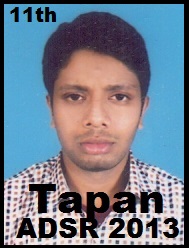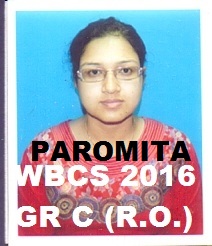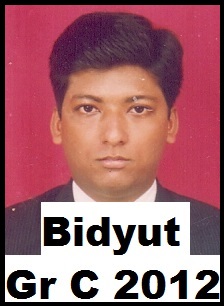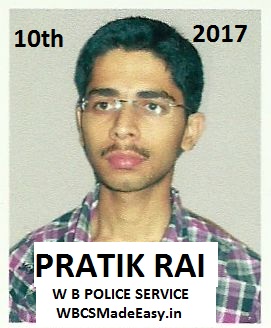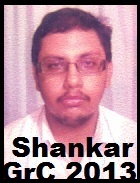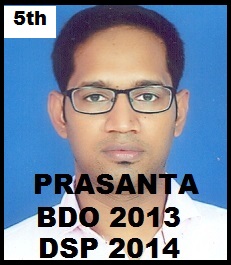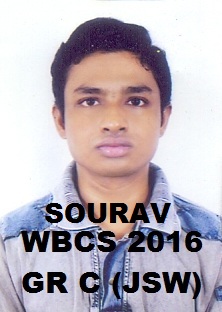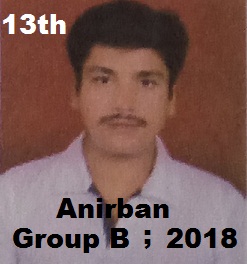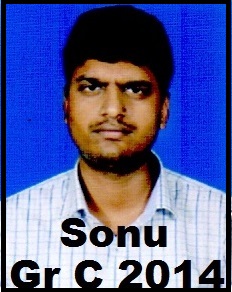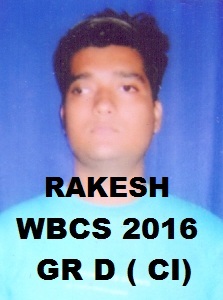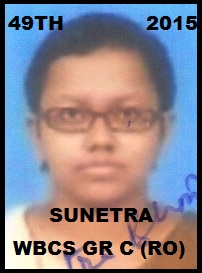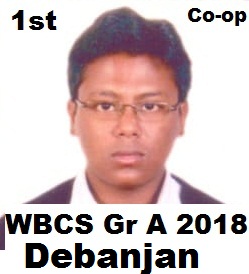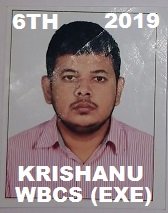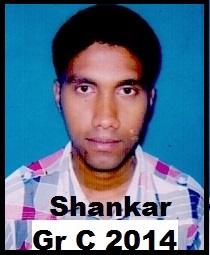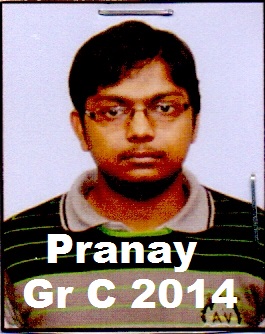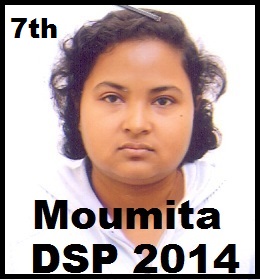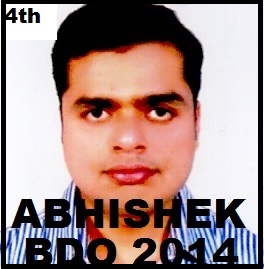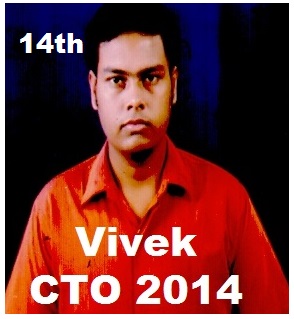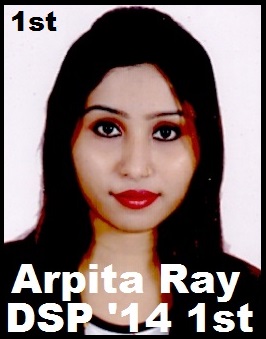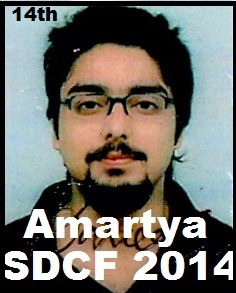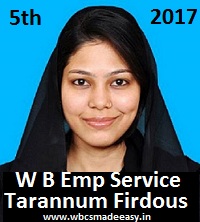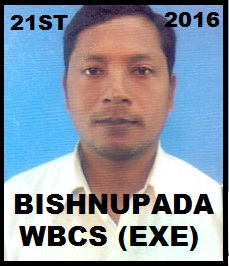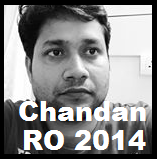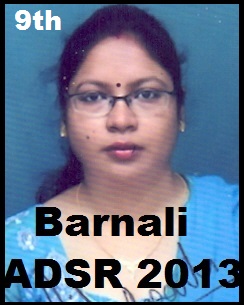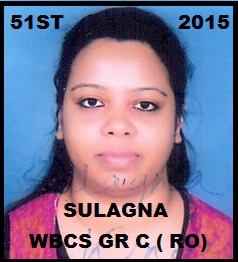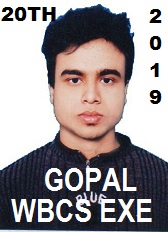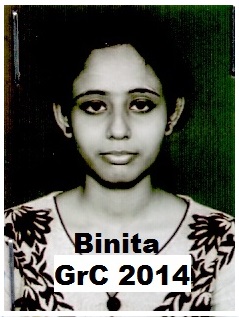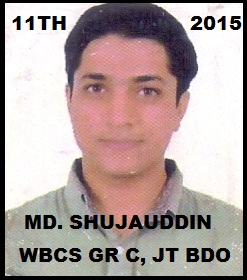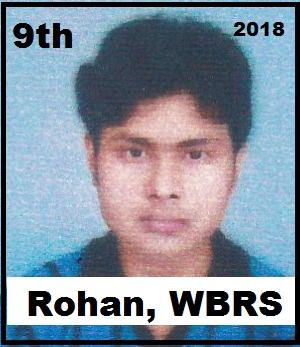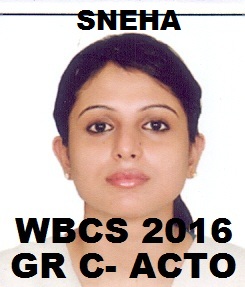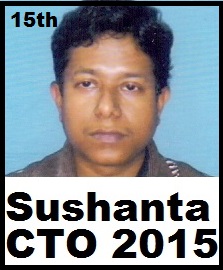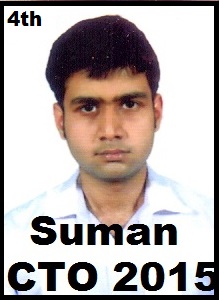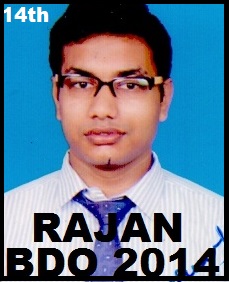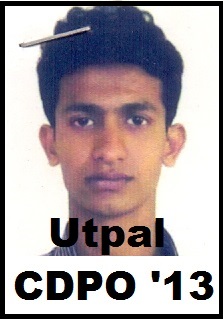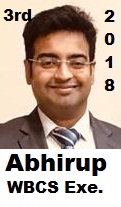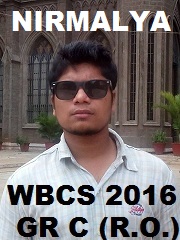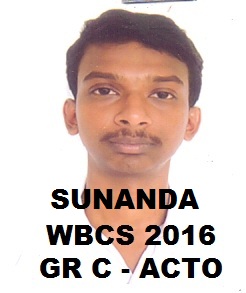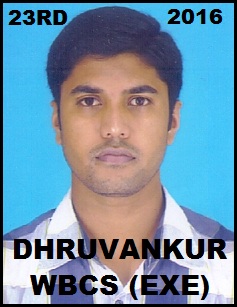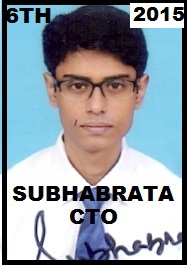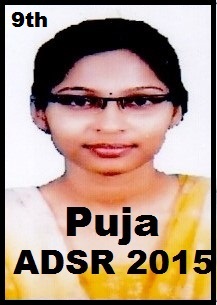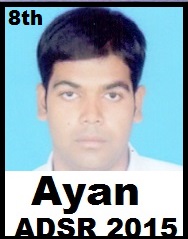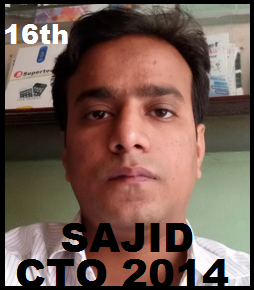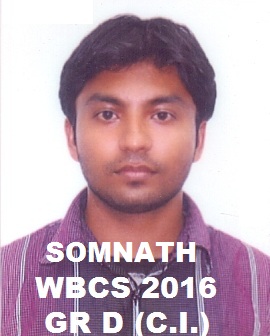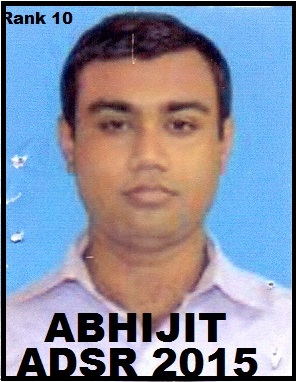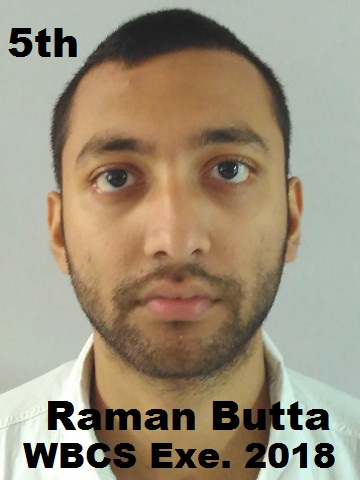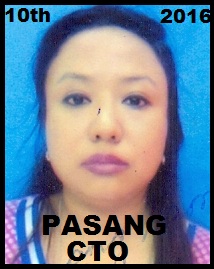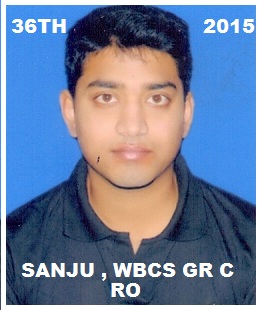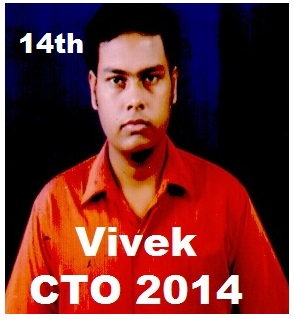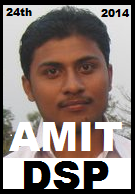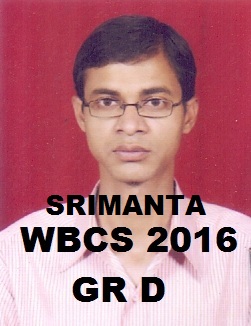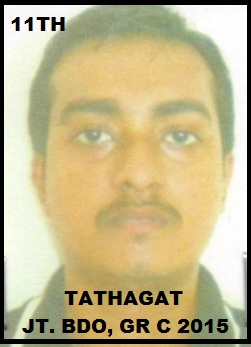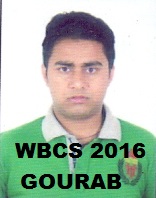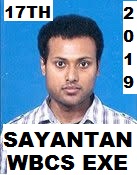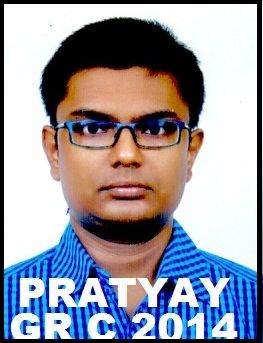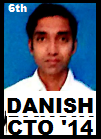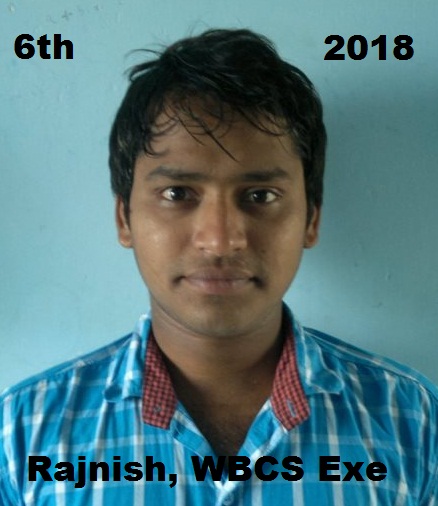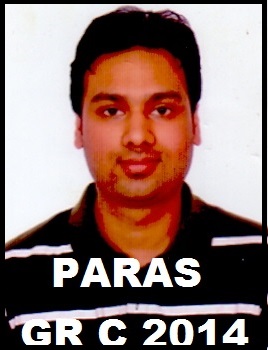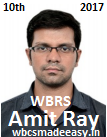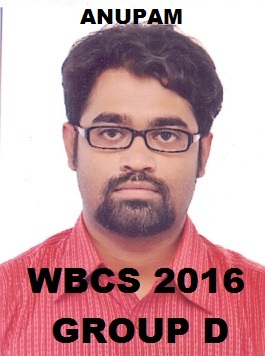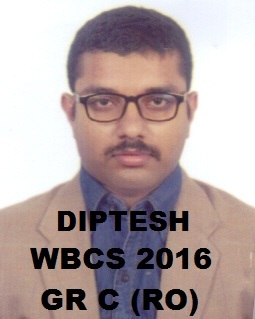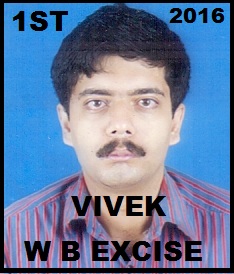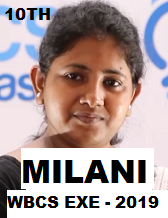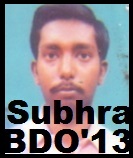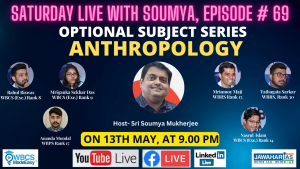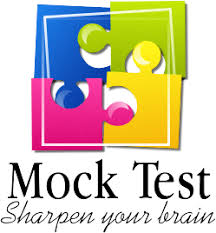Mitochondrial Replacement Therapy
Context:
The first baby born in the United Kingdom with DNA from three people was born
after doctors completed a groundbreaking IVF treatment.
Previously, the United Kingdom became the first country in the world to legalize
three-parent kids in 2016, when its fertility regulator, the Human Fertilisation and
Embryology Authority (HFEA), approved the procedure.
The technique, known as mitochondrial donation treatment (MDT), takes tissue
from healthy female donors’ eggs to make IVF embryos free of dangerous
abnormalities that their mothers are likely to pass on to their offspring.
Mitochondria:
Mitochondria are double-membraned cellular organelles that are essential for
energy generation.
They are usually referred to as the cell’s powerhouse, but what truly distinguishes
them is that they divide independently of the cell.
They are responsible for cell function in the human body.
Certain defects may emerge, influencing how the mitochondria generates energy
for the cells (particularly in the ‘energy-hungry’ tissues of the brain, nerves,
muscles, kidneys, heart, and liver), and so influencing cell function.
The disorders caused by mitochondrial mutations are known as mitochondrial
diseases.
When the mitochondria are damaged and do not create enough energy, it affects
how the organs work, resulting in a wide range of symptoms across the body,
including brain impairment, organ failure, and muscular atrophy.
Mitochondria account for less than 0.0005% of our total DNA. However, because
the child inherits it entirely from the mother, any abnormalities in her
mitochondrial DNA that may cause disorders are completely passed on to the
child.
According to the New York Stem Cell Foundation Research Institute,
mitochondrial disorder affects around one in every 5,000-10,000 children born
each year.
Mitochondrial Replacement Therapy (MRT):
This is a novel type of reproductive IVF that works by replacing a woman’s
abnormal mitochondrial DNA (mt-DNA) with the donor’s healthy one.
Process:
First, the father’s sperm is used to fertilize the eggs of the afflicted mother
and a healthy female donor.
The donor’s egg’s nuclear genetic material is then extracted and replaced
with that of the couple’s fertilised egg.
The resultant egg contains all of the chromosomes from both parents, but
it contains the donor’s healthy mitochondria rather than the mother’s
damaged ones.
This is then put in the mother’s womb.
The resulting infant has DNA from both parents, as well as a small quantity of
genetic material (approximately 37 genes) from the donor.
The method has given rise to the term “three-parent babies,” despite the fact that
more than 99.8% of the DNA in the kids comes from the mother and father.
The primary goal of this procedure is to create a healthy kid free of genetic
diseases and to end deadly mitochondrial disorders.
Risk of Mitochondrial Replacement Therapy (MRT):
According to new research, the tiny number of defective mitochondria that are
inevitably passed over from the mother’s egg to the donor egg can multiply when
the baby is in the womb. Reversion or reversal could cause an illness in the child.
So far, clinical experience with MRT has been positive, but the number of
reported cases is simply too limited to draw firm conclusions regarding its safety
or efficacy.Long-term monitoring of children born through MRT is essential.
Legality of MRT:
In 2016, the United Kingdom became the first country in the world to legalize
MRT.
Australia became the second country to authorize this therapy last year.
The therapy is banned in the United States because it is considered a kind of
genetic modification, and changes made to eggs, sperm, and embryos — known
as germline modification — can be passed on to future generations.


 +919674493673
+919674493673  mailus@wbcsmadeeasy.in
mailus@wbcsmadeeasy.in


